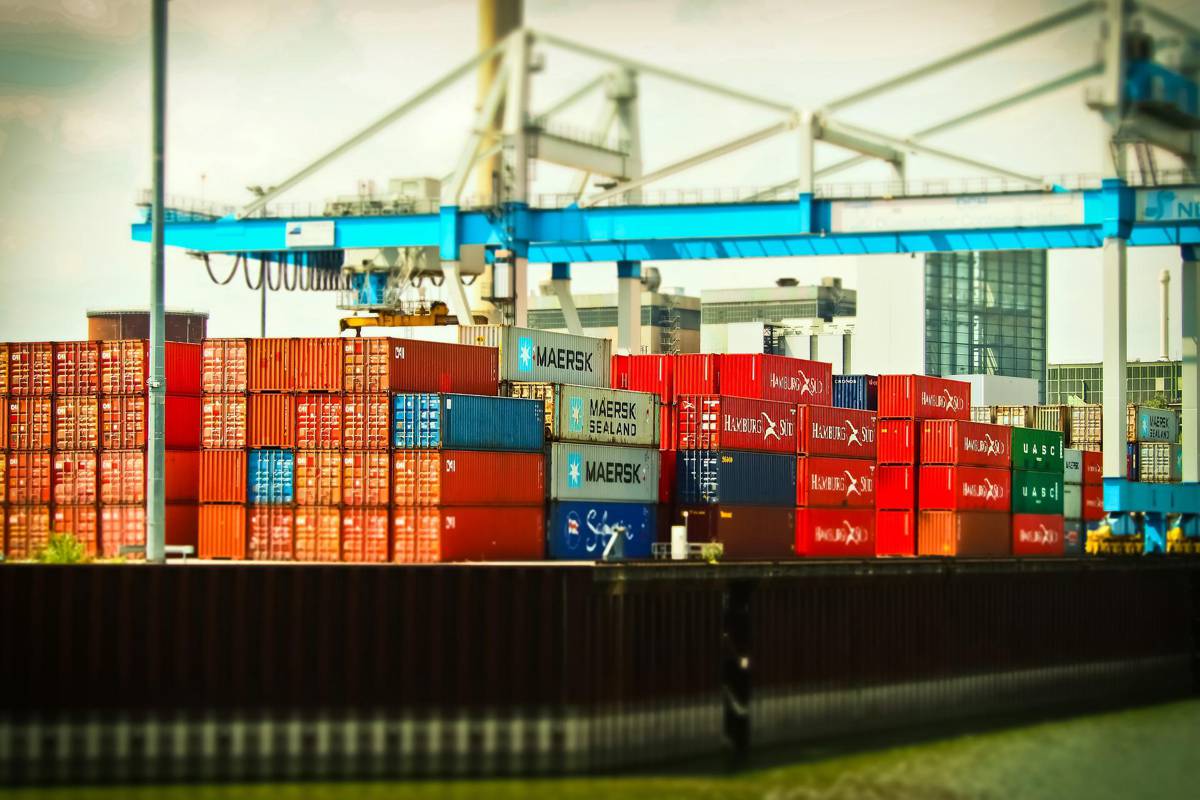The 6 factors affecting Freight Shipping Rates in 2022
When shipping products across the world, it’s common to make mistakes. A simple miscalculation of package weight or choosing the wrong shipping carrier can cost you a little when shipping smaller products. However, this is not the case with freight. In freight shipping, you need things to be perfect and calculated thoroughly. With bigger shipments, a simple miscalculation can cause problems, particularly with cost, which is the biggest concern with freight shipping.
Freight shipping rates are volatile, particularly for the larger shippers who play the spot market for their export and import pricing. And while numerous factors affect freight rates, there are six main factors that determine how much you’ll pay for your shipping in 2022.
But before that, let’s define freight shipping and how it differs from regular shipments.

Understanding Freight Shipping
Freight shipping refers to the transportation of goods, cargo, and commodities via water, land, or air. It is mostly carried out using trucks, large ships, and cargo planes that can carry huge shipping containers.
In general, parcel shipping means products of smaller sizes or quantities. In general, these shipments contain goods weighing less than 150lbs. In the case of freight shipping, you’re shipping items that weigh over 150lbs or sometimes a full truckload shipping.

The 6 factors that affect Shipping Costs
1. Shipment Weight
Whether it’s standard or freight shipping, the shipment weight is one of the most significant factors affecting your shipping rate. The cost is directly proportional to the load’s size and weight. So, heavy and large equipment may be more expensive to ship than regular goods brought by consumers.
However, in the case of freight shipping, there’s a slight difference in the way weight affects the shipping rate.
Freight shipping rates are often cheaper in terms of shipping price per 100lbs. This is because of the pre-defined freight class.
So, as the shipment weight increases, it moves to the next shipment group. Once in the next shipment group, its weight is placed in the lowest category in that specific group. The weight is then matched with the subsequent shipping rates of that specific group.
2. Shipment Density
Density, along with weight, helps in identifying the freight class. Thus, it’s another deciding factor in terms of the shipping rate.
In addition, the density of your shipment also allows shippers to determine the space that it will occupy and how easy it is to handle. This way, your shipper can adjust the rates for you.
To calculate the density, you simply need to divide the total weight of your shipment by its per cubic feet measurement. If you have pallets, then you can use their dimensions to calculate density.
3. Freight Classification
As discussed in the previous sections, freight class affects your shipping rates. It comprises two extreme points, which are high and low freight class. Freight class is defined on the two previous factors—liability and handling of the shipment.
Based on these factors, the freight class on the lower end has lower rates. It also includes shipments with higher densities that won’t be prone to damage easily, making them easier to handle. In contrast, packages classified in the higher freight class have higher shipping rates. Also, with lesser density, shipment becomes too delicate to handle and prone to damage.
4. Fuel Cost
All shipping services depend on fuel to get your goods from point A to point B. Thus, the fluctuating price of fuel also dictates the shipping rates.
Shipping services have no way to compensate for the increase or decrease in fuel charges. Thus, they pass the difference in the fuel price over to the consumers. So, when the fuel price goes up, shipping rates become more expensive. This is done by introducing a fuel cost element on their shipping charges.
The same thing occurs if the fuel charges go down. Your shipping provider may choose to levy off fuel costs and reduce the amount so that shipping rates are cheaper.
5. Distance
The origin-destination and location of your cargo also affect your freight rates. As with the above points, the more distance your freight travels, the higher the shipping costs.
However, it’s not that simple, and shipping prices may differ from one place to another. This is because shipping providers may or may not cover the destination location. In this case, a shipping provider may contact the local provider to complete the shipment. Thus, it eliminates the issue of covering the receiver’s address.
That said, the difference in the carrier, destination, source per carrier, and other factors can impact the shipping rates to a large extent.
If you have a single provider, the distance between the source and destination, as well as the destination’s distance from the nearest metro city, is considered. Furthermore, different locations may vary in shipping capacity, which also impacts the shipping rates.
6. Transportation Mode
In addition to distance, the transportation mode also impacts the rates of freight shipping.
If you’re shipping via ocean, various ports of disembarkation have different rates. However, they tend to be a lot cheaper due to the longer amount of time it takes to arrive at the target location.
When freight is shipping via air, you should know that exchange rates between different countries result in varying shipping costs.
Lastly, ground transport is generally cheaper than air, but more expensive than sea transport. This is particularly true in developing countries, where the inland infrastructure may not be efficient. This type of transport is most suitable for medium to short distances compared to the other two types of transport.

Take Away
Every business or corporation that manufactures and sells physical goods–from bulks of regular consumer items to large machinery–depends on the shipping industry to get their products to the right places.
That said, shipping costs can make or break your business. Freight shipping prices are constantly changing and by staying on top of the various factors that affect shipping rates, you have more control over how cheap or costly your freight shipment will be.




















